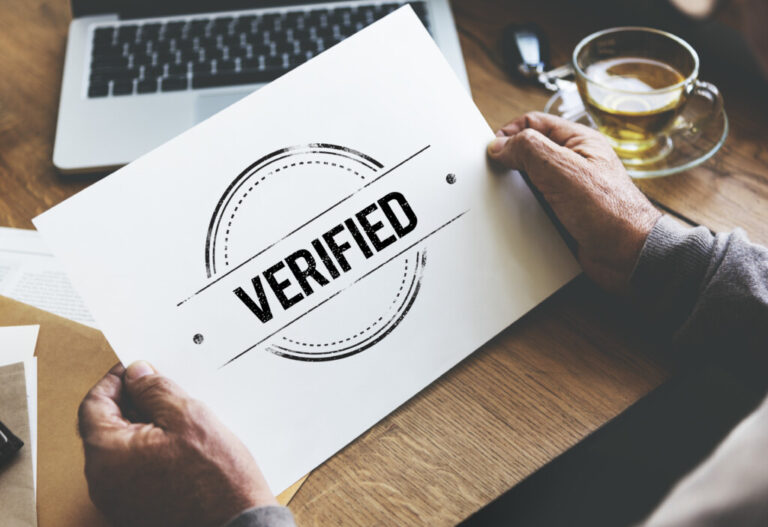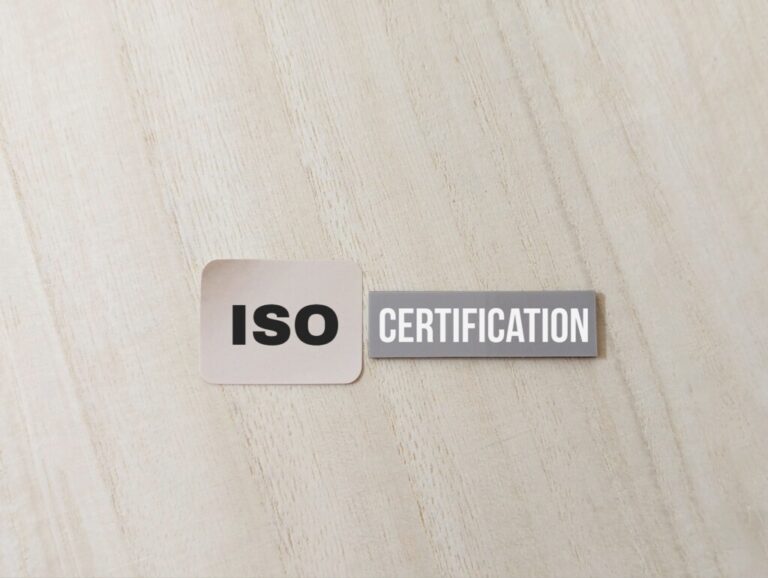What is the Difference Between Various CE Markings?

The CE marking is one of the most important certifications for products sold in the European Union market. However, not all CE markings are the same! Among the different types, it is worth highlighting the general CE compliance, the CE marking with a numeric code, and the relationship with ISO standards. This article examines the key differences and their importance.
1.What Does the Simple CE Marking Mean?
The CE (Conformité Européenne) compliance marking certifies that a product meets the directives and standards in force in the European Union. Essentially, this marking guarantees the following:
- Safety: The product is safe to use.
- Health Protection: It poses no risks to the user’s health.
- Environmental Protection: It complies with environmental regulations.
The simple CE marking is based on the manufacturer’s own declaration of conformity, where they ensure the product complies with relevant EU directives. These include:
- EMC (Electromagnetic Compatibility): The product does not emit harmful radiation and does not interfere with other devices.
- LVD (Low Voltage Directive): The product is safe to use at low voltage and does not pose an electric shock risk.
- RoHS (Restriction of Hazardous Substances): The product does not contain toxic substances harmful to humans or the environment.
It is important to note that these regulations are distinct, and it is the manufacturer’s sole responsibility to ensure compliance.

2. What Does the CE Marking with a Numeric Code Mean?
A numeric code following the CE marking represents an accredited testing laboratory or certification body identifier. This indicates that the product has undergone certification by a third party.
- The accredited laboratory ensures that the product complies with relevant standards, such as EMC, LVD, or RoHS requirements.
- The CE + numeric code can also represent a certification organization authorized to verify compliance with ISO standards and other requirements.
For example:
- A product is considered a medical device if it complies with the EU MDR (Medical Device Regulation), verified by visible information on the product or packaging.
3. What Are ISO Numbers, and Why Are They Important?

ISO numbers (International Organization for Standardization) represent international standards that help ensure compliance with quality, safety, and technical requirements. Examples include:
- ISO 13485: Focused on the manufacturing of medical devices, certifying the manufacturer’s quality management system rather than the product itself.
- ISO 14971: A risk management standard for medical devices.
- ISO 9001: A general quality management system applicable to various industries.
It is essential to note that while ISO 13485 indicates the manufacturer is authorized to produce medical devices, the product itself must undergo separate evaluations to achieve CE certification.
4. How Can You Verify the Authenticity of Certifications?
The authenticity of certifications is increasingly important and can be verified through modern technologies:
- QR Code Traceability: Certifications often feature QR codes. Scanning these codes allows verification in the certifying body’s database to check validity.
- Manufacturer Documentation: Review the Declaration of Conformity provided by the manufacturer.
5. Why Does This Matter in Practice?
Proper application of CE marking and ISO standards builds trust, enhances product marketability, and ensures products protect the safety and health of users.
Our products are medical-grade certified, meeting the strictest safety and quality requirements. Purchasing such devices is especially important because they are guaranteed to be reliable, effective, and support the health and well-being of users.
.

6. Sustainability and Environmental Impact
Adherence to standards not only guarantees safety and quality but also contributes to sustainable manufacturing and reduced environmental impact. Standards such as RoHS or ISO 14001 ensure that harmful substances are minimized and waste production is reduced during manufacturing.
The Benefits of Biofeedback in Stress Management
Any Questions or Advice Needed?
We are happy to guide you through the world of standards and certifications!
